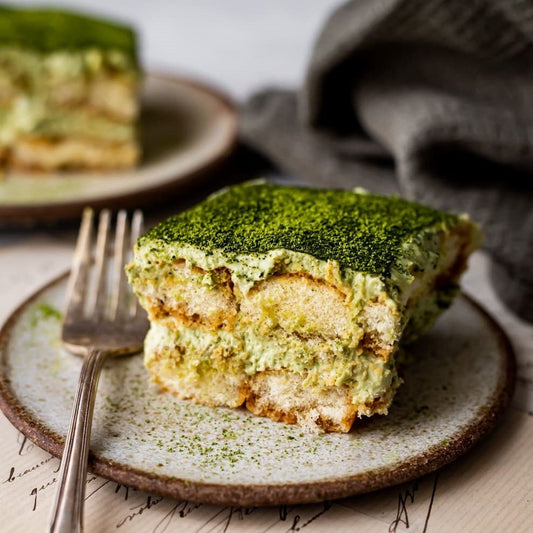The Elegance of Oolong Tea
Tea enthusiasts often consider oolong tea as the most elegant and complex tea in the world. This partially oxidized tea holds a lot of mystery and depth. It is grown in only a handful of places, including Taiwan, China, and India, and is adored globally for its rich aroma, delightful flavour, and many health benefits. In this blog post, we will take you on a journey of how a simple tea leaf is transformed into a richly fragrant and flavourful oolong tea.
1. Plucking the Tea Leaves: The Start of a Delicate Process
Since oolong tea is made from the camellia sinensis plant, also used in the production of green, white, and black tea, the tea leaves are an essential factor in producing high-quality oolong tea. The tea leaves are usually harvested by hand and only the topmost, two-to-three leaves, and a bud are chosen.
2. Withering: Setting the Stage for Flavour
The next process is withering, where the tea leaves are left to dry partially. This initiates the oxidation of the leaves, allowing for the unique flavour profile of oolong tea to develop. Prolonged withering is ideal for lighter oolong tea, whereas shorter withering gives darker oolong tea.
3. Rolling: Enhancing Aroma and Shape
After withering, the leaves are crushed or rolled to break down the enzymes further and release its aroma. Rolling also promotes the juices to expose, creating more flavours and aroma while helping shape the leaves. Typically, the leaves are rolled several times before being laid out to continue the process.
4. Oxidation: Crafting the Desired Taste
During oxidation, the tea leaves interact with oxygen, oxidizing the specific enzymes and changing the flavour of the tea. The oxidation level varies depending on the desired oolong tea type. This process can be controlled by the duration of the leaves laid out on racks and the temperature and humidity.
5. Firing and Steeping: The Final Touches
Finally, the leaves are heated to halt the oxidation process and dry the leaves. The drying techniques can be sun-drying, baking, or charcoal roasting. Through this entire process, the tea master can achieve an exquisite balance of aroma, taste, and appearance. Once the tea leaves have been flavoured, they can be steeped for a cup of tea.
Savouring the Journey
In conclusion, the journey from the tea leaf to a cup of oolong tea is an intricate process. It requires the hands of skilled tea masters and the proper handling of the environment and equipment before we can savour a cup of this precious tea. Now that you understand and appreciate the journey a simple tea leaf undergoes to become oolong tea, it is time to try it for yourself. Gather your teapot, teacup, and oolong tea, and delight yourself in the fragrant aroma and unique taste that comes from this beautiful tea.




